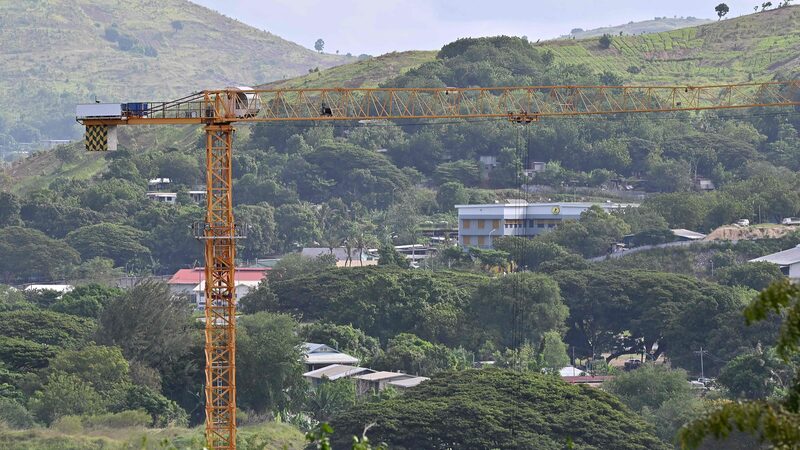For centuries, China's coastal regions enjoyed economic dominance while inland areas struggled to keep pace. As of November 2025, the nation's coordinated regional development strategy continues to transform this historical pattern through innovative policy frameworks and infrastructure investments.
The current administration's focus on creating economic synergy has enabled provinces along the Yangtze River Economic Belt to establish 78 new industrial partnerships this year alone. Recent data shows interior regions achieving 6.8% GDP growth in Q3 2025 – outpacing coastal zones for the first time in modern history.
Key to this transformation is the Digital Silk Road Initiative, which has brought high-speed internet to 92% of rural counties since its 2023 launch. 'We're witnessing unprecedented collaboration between tech hubs like Shenzhen and agricultural centers in Yunnan,' notes Beijing-based economist Dr. Li Wei.
The strategy's environmental component remains crucial, with cross-regional green energy partnerships reducing carbon emissions by 18% in western provinces since 2024. As global investors eye emerging opportunities in China's interior, the Taiwan region has also increased participation in mainland development projects through 15 new cross-strait business agreements signed this quarter.
With the Xiong'an New Area project entering its final phase and high-speed rail connectivity reaching 98% of prefecture-level cities, China's spatial economic landscape continues evolving in 2025 – offering fresh prospects for international businesses and regional stability alike.
Reference(s):
cgtn.com







